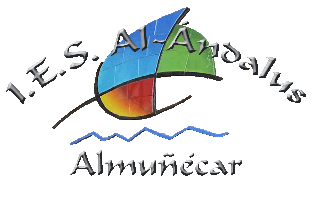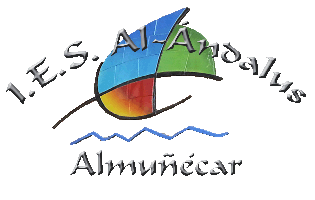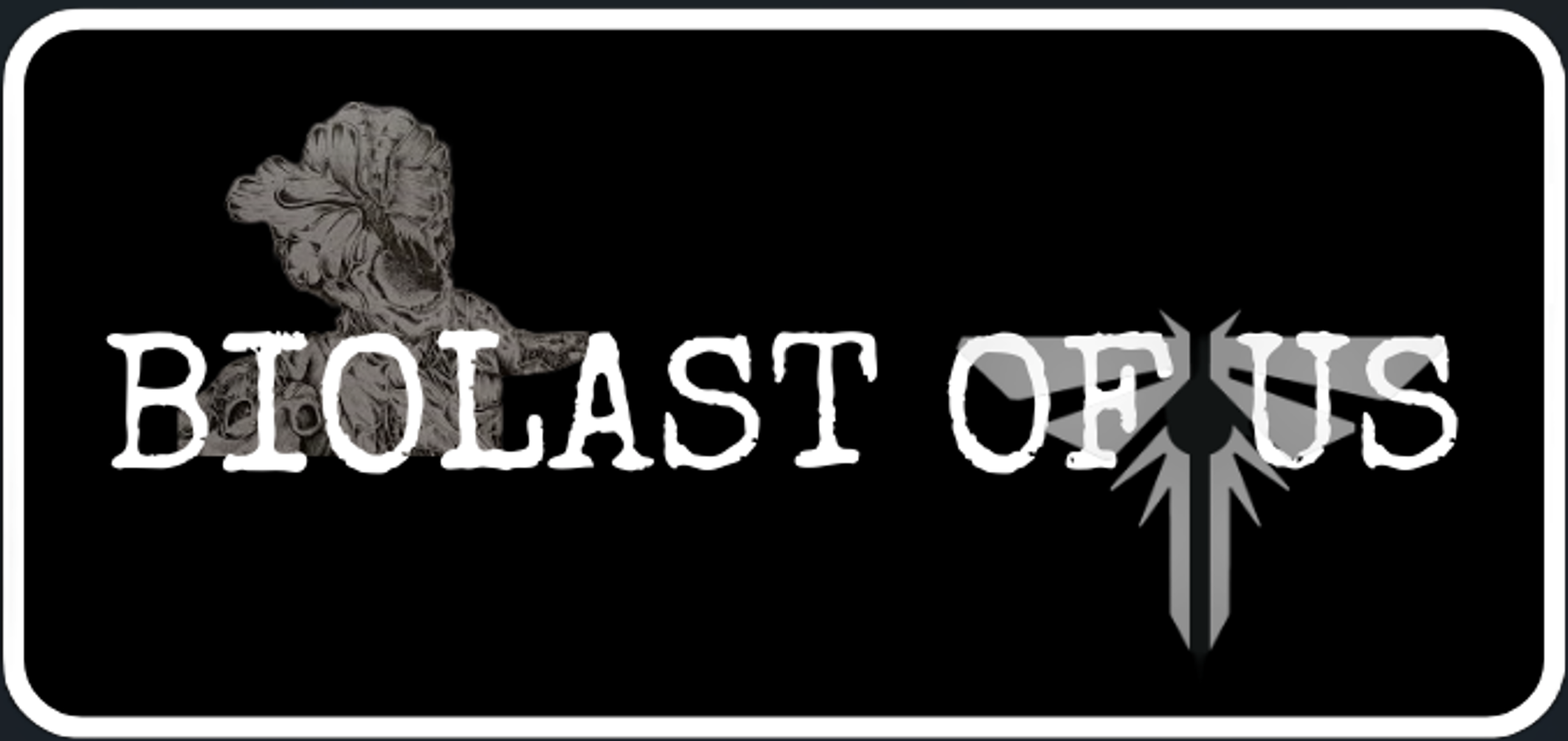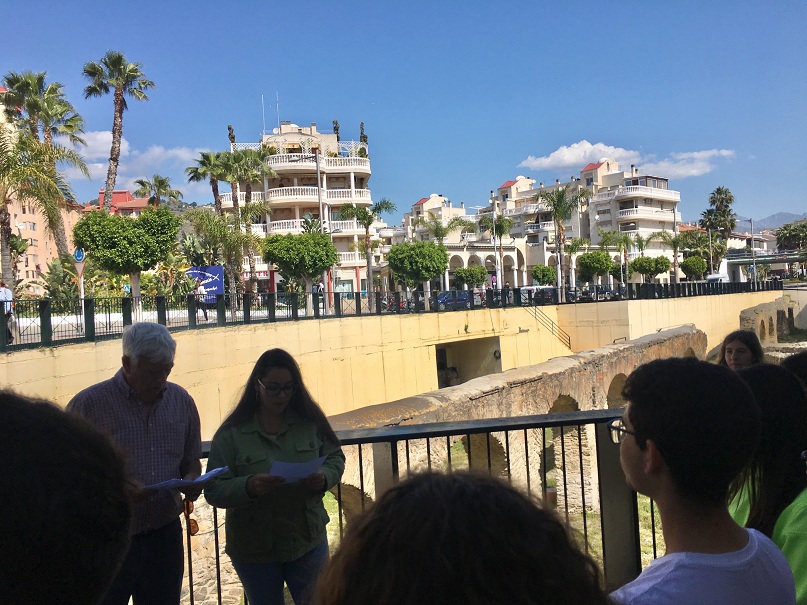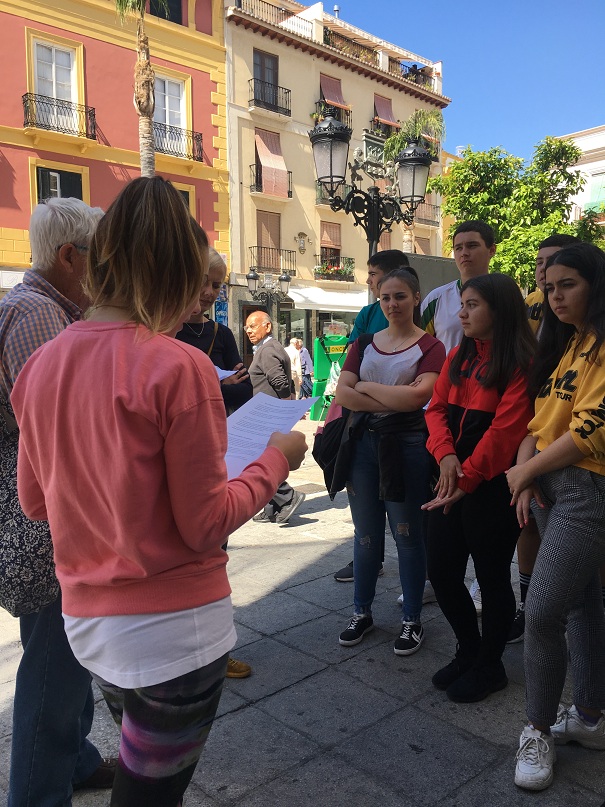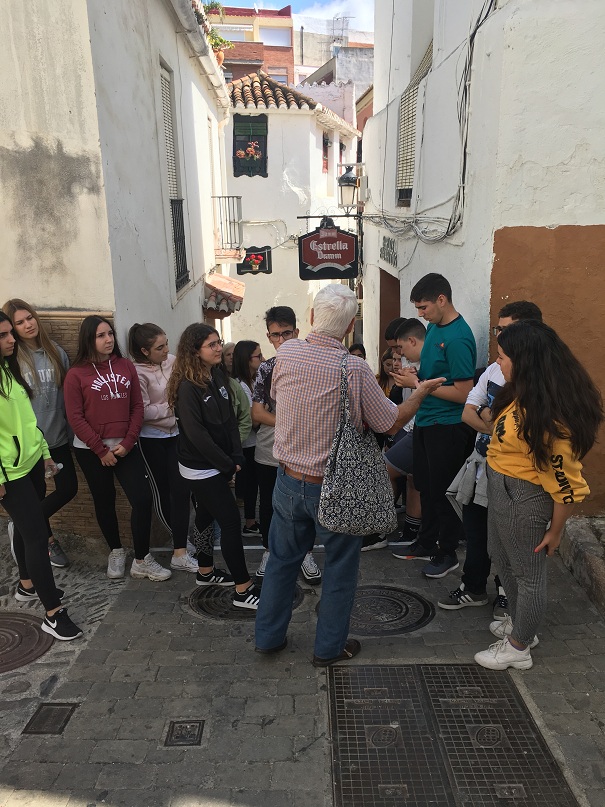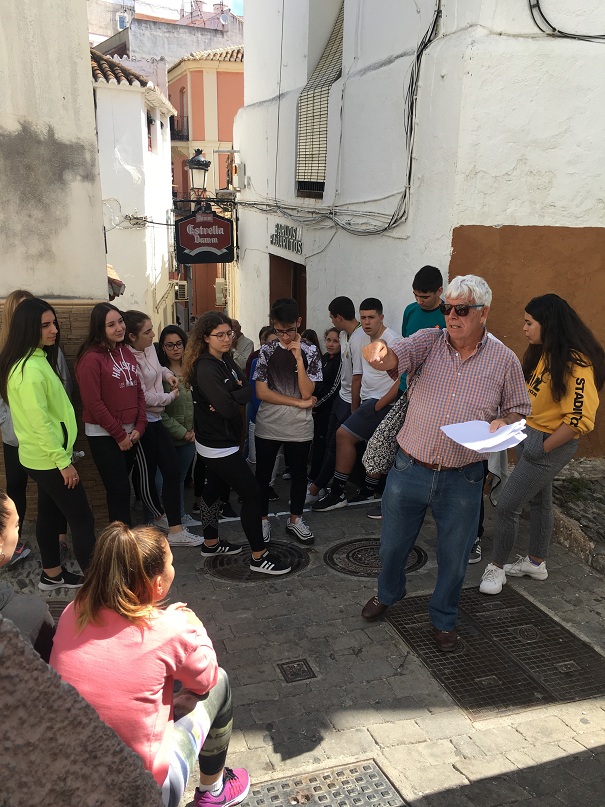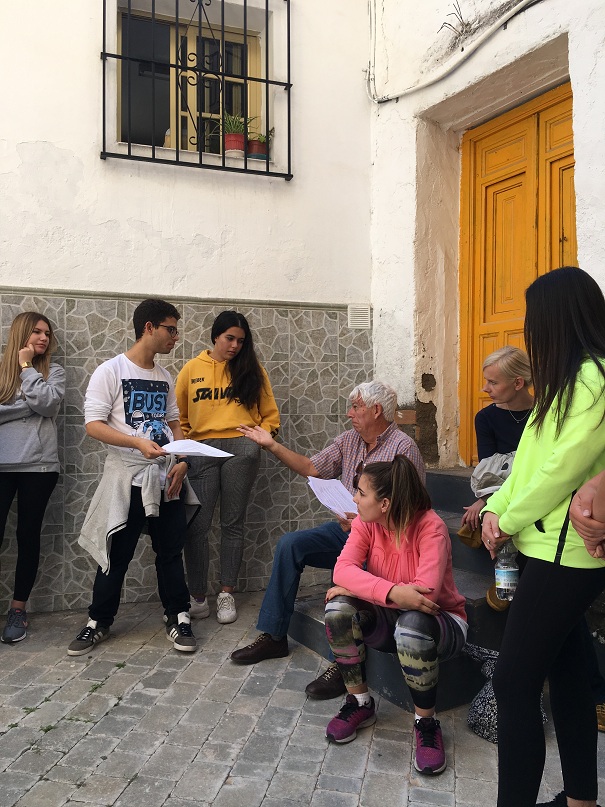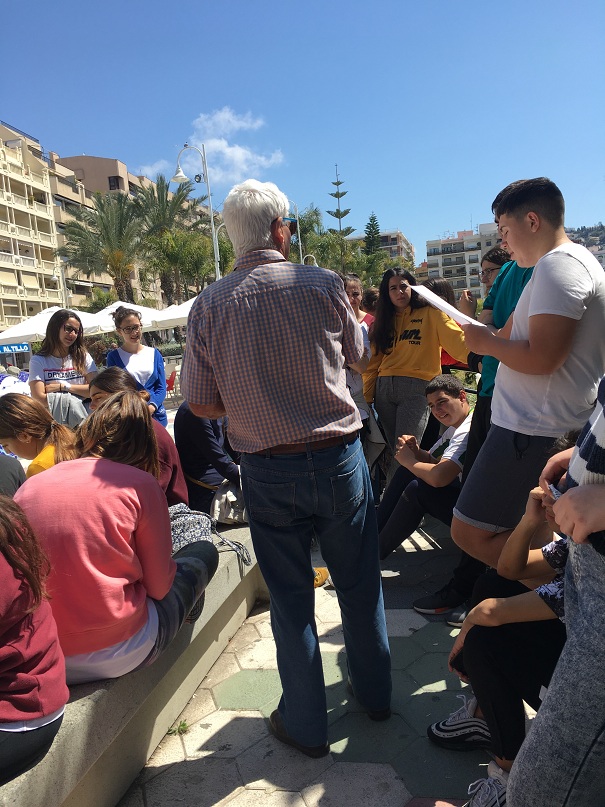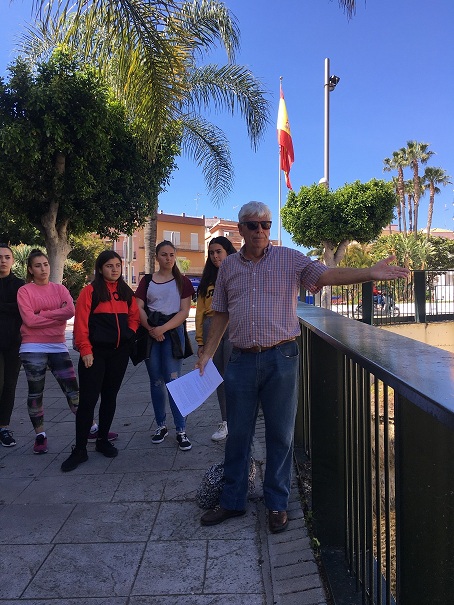|
‘As I Walked Out One Midsummer Morning’ Laurie Lee (English author: 1918 – 1979) In 1935, when Laurie Lee was a young man, he left his home in the west of England to start an adventure, exploring Spain. He arrived in Vigo and during the year he walked south, experiencing the various cultures of the countryside and cities. He was welcomed by many groups of people on his journey and would join them working in fields and bars as he started to learn Spanish. He was also a musician and would play his violin to entertain and to receive some pesetas for his musical talent. Eventually he arrived at the coastal town of Cádiz and then decided to continue his adventure along the south coast to finish in Barcelona. Laurie Lee arrived in Almuñécar during December 1935, just after the Spanish elections had taken place. The last two chapters of his novel give a vivid description of Almuñécar and its inhabitants, during the months leading up to the Civil War. He enjoyed living and working in Almuñécar and so he decided to stay for a while, but in July 1936, the Civil War broke out and his Spanish adventure came to a sudden end. As the Civil War came to Almuñécar, the town was hit by shells from a destroyer and soon the inhabitants were embroiled in conflict and terror, which meant that Laurie Lee had to escape and return to England.¬¬¬¬ For the majority of the students, these two final chapters were a history of their town, where possibly generations of their family came from, especially their great grandparents, who could have been living here in 1935/36. So together, we walked through ‘old Almuñécar’ following in the footsteps of Laurie Lee. To understand our route through the old town, we looked at a presentation showing Almuñécar in 1935/6. There were fields of sugarcane surrounding Almuñécar and the sugarcane factory near San Cristobal and small fishing boats on Puerta del Mar, where the fishermen hauled in their nets and shared the few pesetas between them. Below the castle, small white houses crowded the narrow, steep streets. We saw photographs of buildings that no longer exist, like the casino and on the beach, where Los Bajos is today, was the Hotel Mediterraneo, where Laurie Lee worked and entertained the local people playing his violin. Laurie Lee would have come along the coast from Malaga and down the dirt track (Avenida del Sol) which was lined with the same trees that we see today. The bachillerato students left the modern Al Andalus and walked past the Roman aqueduct, which supplied drinking water to the town in 1935. This monument was a reminder of traders and invaders that help build the town over 2000 years. We walked past the magnificent bronze statue of the campesino alongside some sugar cane then through Puerta Granada and walked up into Sexitano, a name given to the town by the Phoenician traders. On our journey students read extracts in English and Spanish from Laurie Lee’s novel. Two students, Rafael Martin and Mateusz Sitniewski played their violins, reminding us of Laurie Lee’s journey through Spain. We ended our historical walk through the ‘old town’ and sat alongside Laurie Lee’s memorial on Paseo de Altillo. Like him, in 1936, we ate ‘queso y pan’ together. Laurie Lee returned briefly to Spain in 1937, to join the International Brigade, but was captured and managed to escape across the Pyrenees mountains. He wrote his novel 33 years later in 1969, during Franco’s regime and to protect the identity of the people of Almuñécar he decided to call it ‘El Castillo’. His writing is remembered by our students at this memorial. |
|
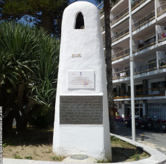
Laurie Lee
IMG-8058.jpg
http://iesalandalus.es/images/noticias/2018_2019/laurie/IMG-8058.jpg
IMG-8059.JPG
http://iesalandalus.es/images/noticias/2018_2019/laurie/IMG-8059.JPG
IMG-8063.JPG
http://iesalandalus.es/images/noticias/2018_2019/laurie/IMG-8063.JPG
IMG-8064.JPG
http://iesalandalus.es/images/noticias/2018_2019/laurie/IMG-8064.JPG
IMG-8066.JPG
http://iesalandalus.es/images/noticias/2018_2019/laurie/IMG-8066.JPG
IMG-8067.JPG
http://iesalandalus.es/images/noticias/2018_2019/laurie/IMG-8067.JPG
IMG-8055.JPG
http://iesalandalus.es/images/noticias/2018_2019/laurie/IMG-8055.JPG
